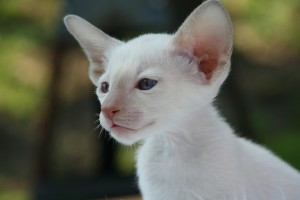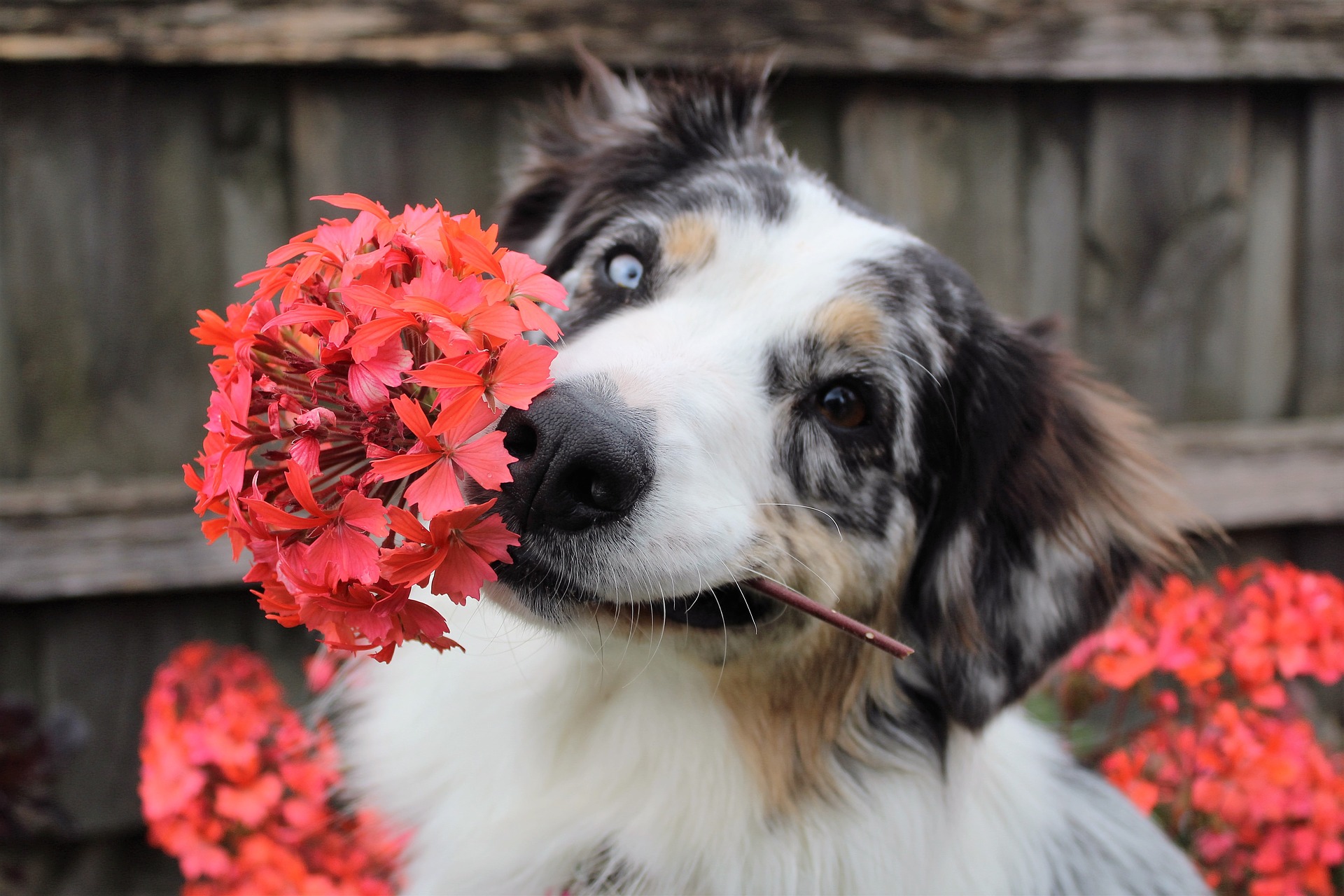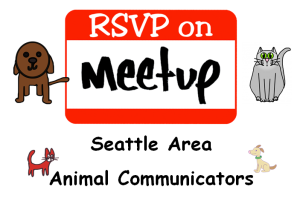“Please don’t dig up the beautiful pink rose. Sadie, don’t dig in the garden near the rose! You can dig anywhere you want, just don’t dig near the rose! Sadie! Oh! My beautiful pink rose!”
What’s going on in your head right now? Do you see a pink rose? Do you see digging in the garden right by the rose?
Words and the way we phrase them are very important when you’re trying to communicate something to your pets (and everyone!).
Animals pick up on the pictures that we create when we talk, which may not be what we’re actually trying to convey. You see, as we talk, or when we listen to someone talk, we tend to create pictures in our head without even realizing it or specifically trying to do it.
As I start talking about a vast mountain range spread out in front of me, the highest peaks being snow capped, and right in front of me there is one mountain in particular that rises up so high and majestic, covered in freshly fallen snow at the top and the setting sun shining on its peak so sparkly and beautifully, did you see it? At any time while reading that, did you get a picture of a mountain or mountains in your head? I didn’t show you any pictures, and I didn’t take you to the mountains, but chances are you saw them. While not everyone will have created that picture in their head, most people will, and this is what the animal picks up on.
Animals don’t assign words to objects unless they spend time with humans; they communicate in other ways with each other – feelings, sounds, pictures. When we talk to them, instead of understanding most of our words, they pick up on the pictures we create along with the feelings that go with them. Sure, often some pets come to know words, and some breeds are smarter than others in learning words, but initially they don’t know the difference between the words tree and ball, or treat and walk, until they spend time with people.
Always be aware of the picture you’re creating in your head.
This is the key. This is why it’s of utmost importance to say, and therefore picture, what you DO want and not what you don’t want when communicating to your pet. Putting the word “no” or “stop” or “don’t” in front of the phrase doesn’t erase the image, for there is no negation in visualizing!
If I say to you, “No elephants, no elephants, no elephants! No elephants, no elephants, stop! Don’t think of elephants!” Did you at any time have a picture of an elephant in your head? Most likely you did.
In terms of images created, saying “Don’t potty on the rug” is the same as saying “Potty on the rug.” We can’t see a rug with potty on it disappear, or with a big red circle and line through it; we see potty on a rug. So, when we’re talking to our pets we always need to be very clear about what we do want; always say what you DO want! So in this example say, “Potty in the litter box, please,” “Potty on the grass,” ”Potty outside in the dirt; please go to the bathroom in the dirt,” or “Please use your litter box” instead of “Don’t…”
Tell them whatever it is you do want. And be sure to praise them accordingly and constantly. Say things like, “Thank you for keeping the rug clean. Oh, what a clean rug we have! I love our dry rug!” DO NOT say, “Thank you for not pottying on the rug.” Make sense? Never, ever say what you don’t want! And don’t even think it either!
Be aware of the image you are creating, and be sure it’s the real message you want to convey. And remember, always be appreciative, thankful, and grateful to your animals for behaving correctly. Happy animal, happy house!
Please share this post if you know someone that might find it useful!


